I may earn from purchases through links in this post.
A gin and tonic is a fine drink. It’s tough to beat on a summer day, with its effervescence and its botanical fragrance and its hit of citrus.
Its anti-malarial properties from quinine famously protected the British from malaria in India and Africa, a complicated sort of honor in the way that the project of global empire is complicated (and if you want a fun read about the follies of empire you must pick up J.G. Farrell’s The Siege of Krishnapur).
But big-brand commercial tonic water has declined like the empire it propped up for so many years. It barely contains any quinine anymore.
It’s basically sugar or high fructose corn syrup with some citric acid and the ever ambiguous “flavorings.”
There are several high quality fancy-pants tonics on the market, from Q to Fever Tree to Fentiman’s, and while I like all of them, I rarely have them around because they’re kind of expensive and not always easy to find. Also, I’ve learned, I can do better on my own.
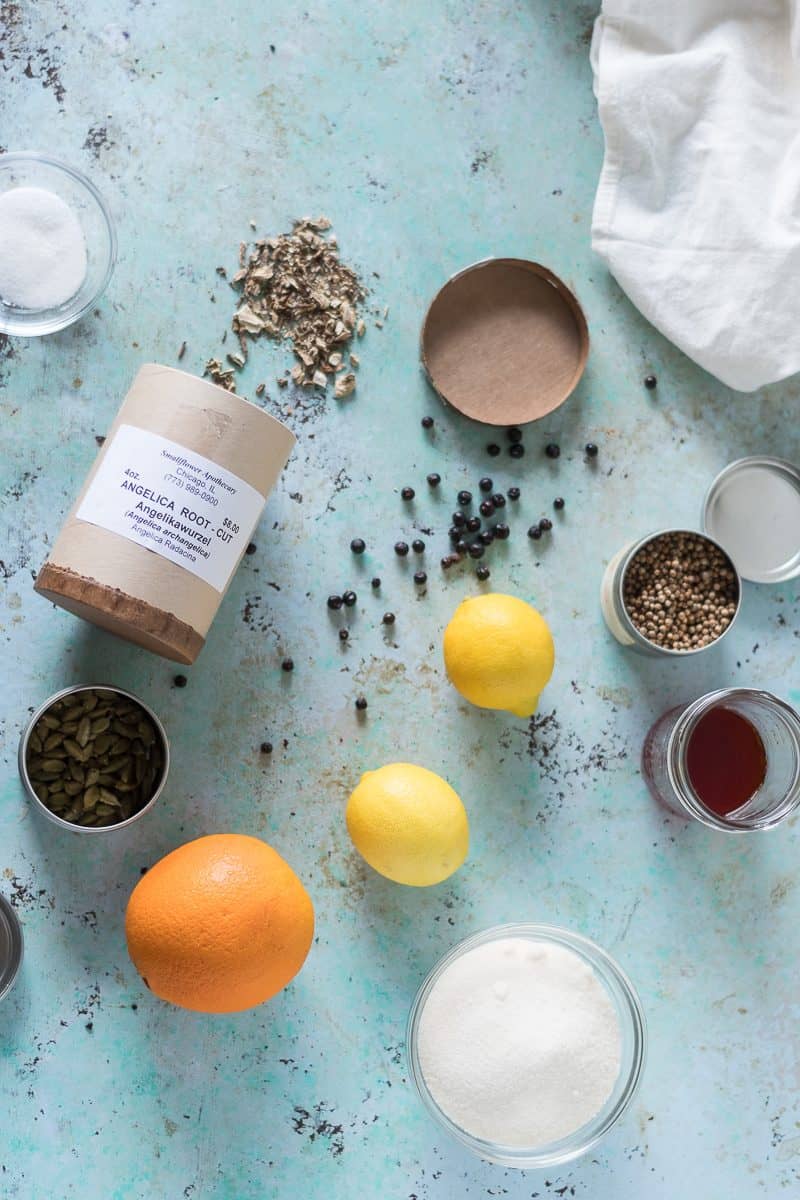
Most of the tonic recipes you’ll find floating around the Internet are variations on Jeffrey Morgenthaler’s recipe that he shared in 2008. In his excellent 2014 Bar Book (a resource that all serious cocktail geeks should have in their library) he is critical of that original version:
Even my own first recipe, which was lauded by bartenders and home mixologists all over the Internet and in newspapers, I personally found to be muddy, dirty, earthy, and, quite frankly, a bit tough to drink.
I played around with that version a number of years ago, and while I remember liking it, I also remember feeling it wasn’t quite what I wanted to reach for when I wanted a gin and tonic.
And I take his point about it feeling a bit muddy. In part because if you’re using cinchona powder it’s awfully tough to strain out of a syrup (and if you’re using cut bark, it’s tough to extract much quinine flavor).
Morgenthaler gets around this problem by using first infusing the cinchona powder in vodka (I use Everclear) and then adding the quinine tincture to the syrup with the other botanicals and aromatics.
[Edit: This helps to limit the amount of quinine added to the final beverage. Please don’t be tempted add more. Too much quinine can have serious, dangerous side effects, and this is not intended to be used for medicinal purposes!]
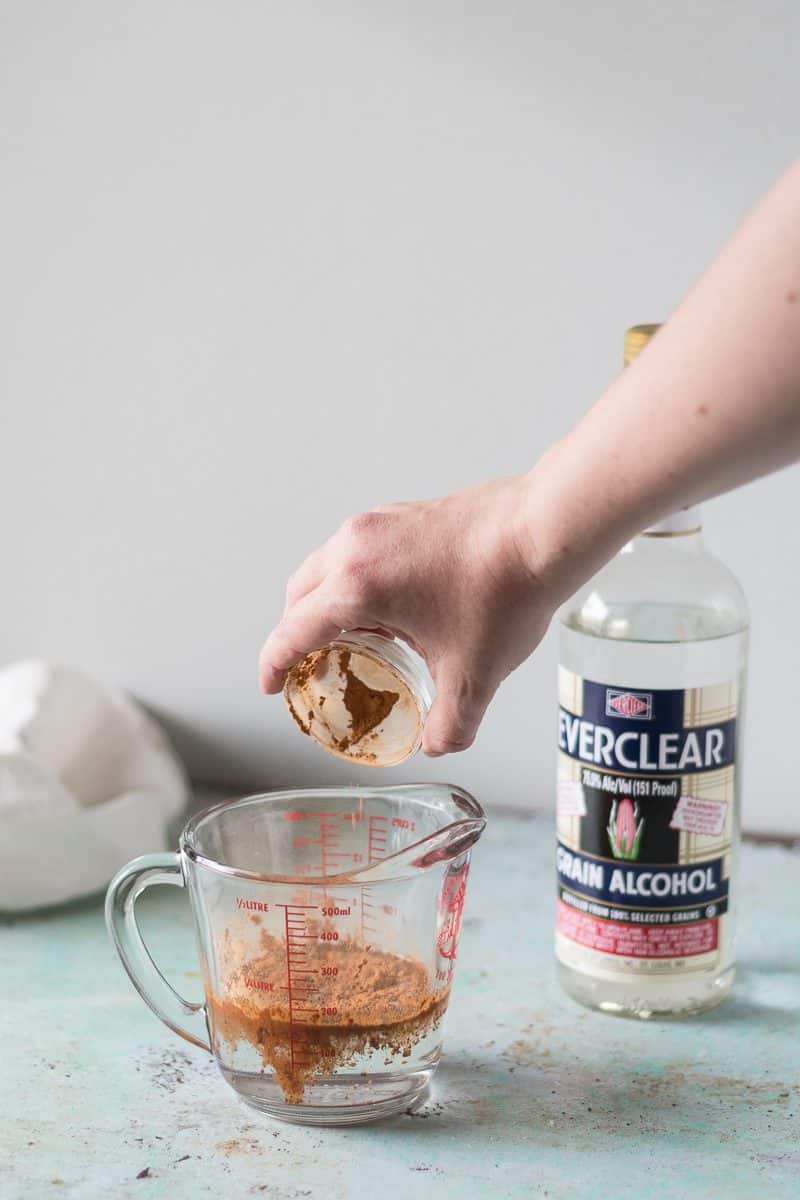
I’ve stolen that solution from him for my homemade tonic syrup. But while he flavors his new version with gentian root, cinnamon, lemon and grapefruit, I’ve learned that I prefer a somewhat different flavor profile.
I love gentian-based amaros like Campari and Suze, but while I think it’s interesting in tonic, I think it might be almost too assertive in its bitterness. I’ve learned that I prefer the somewhat softer, more rounded bitterness of angelica root.
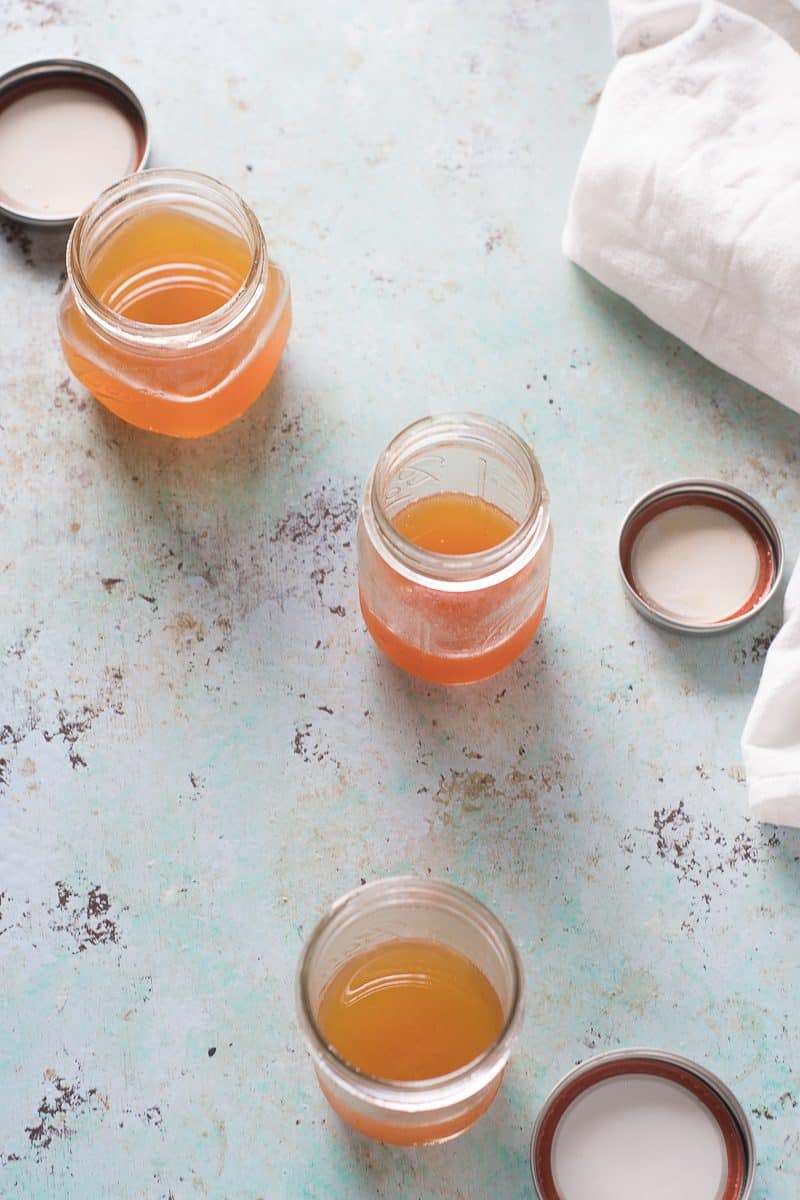
I like some aromatic botanicals and bring in a hint of juniper to echo the gin along with coriander and cardamom. It’s a flavor profile I’ve more or less borrowed from Ransom’s Old Tom Gin (my favorite gin for a Martinez).
And somehow, for me, it’s the right balance of tart, bitter, and aromatic.
It compliments gin and has enough guts to stand up to a punchy juniper-forward London dry style gin but is still soft enough to refrain from overpowering all the nuance in a more subtle gin.
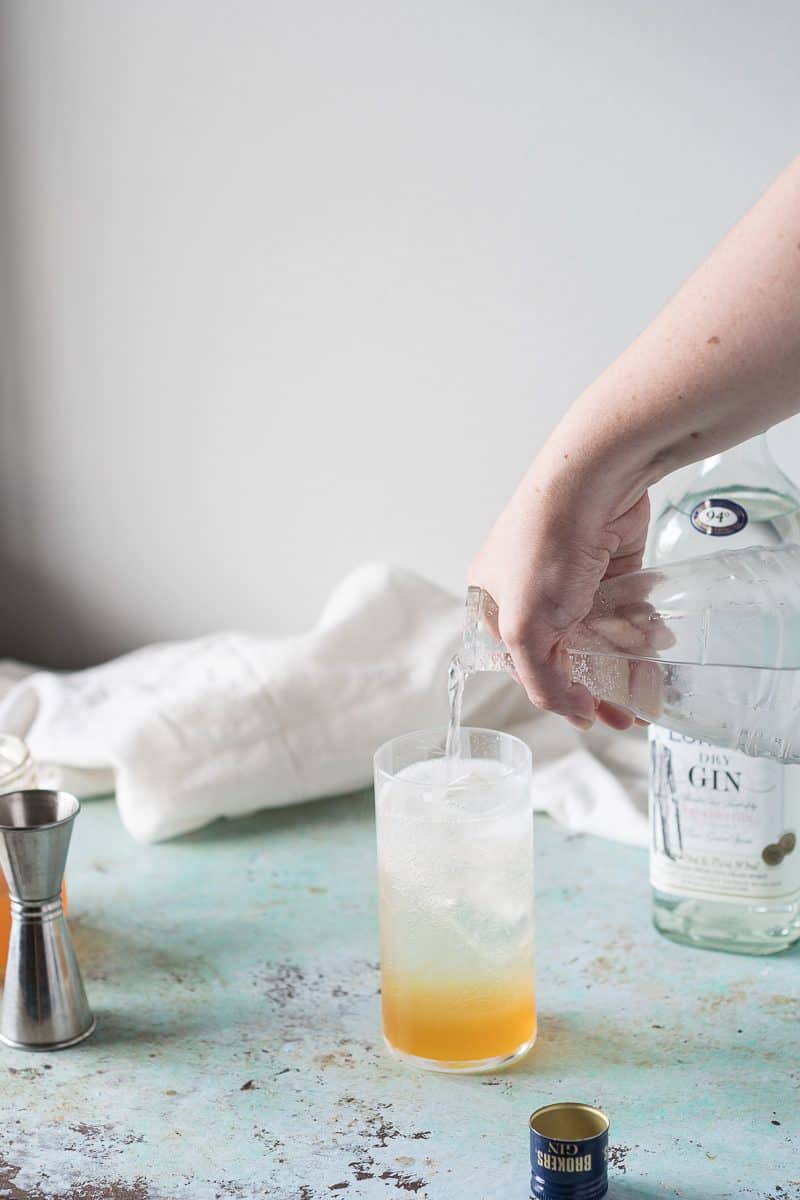
I also think this homemade tonic syrup lovely to drink mixed with a little soda water as a grown-up soda on its own.
Making this does require tracking down some fiddly ingredients.
I mean, you probably don’t have quinine powder or angelica root in your pantry and are unlikely to find them at your local grocery store, but the Internet makes them easy to track down. And they’re inexpensive and keep more or less forever.
And then you’ll be all set for your gin and tonics for life.
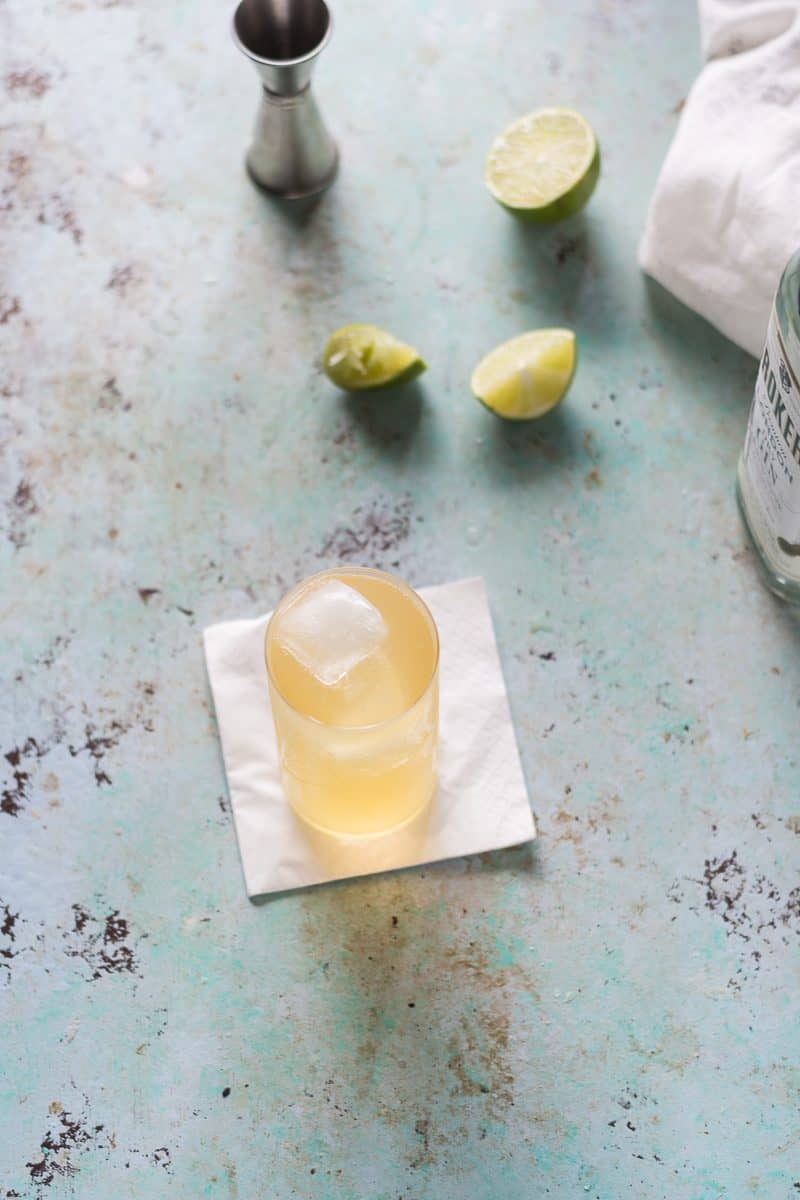
Homemade Tonic Syrup
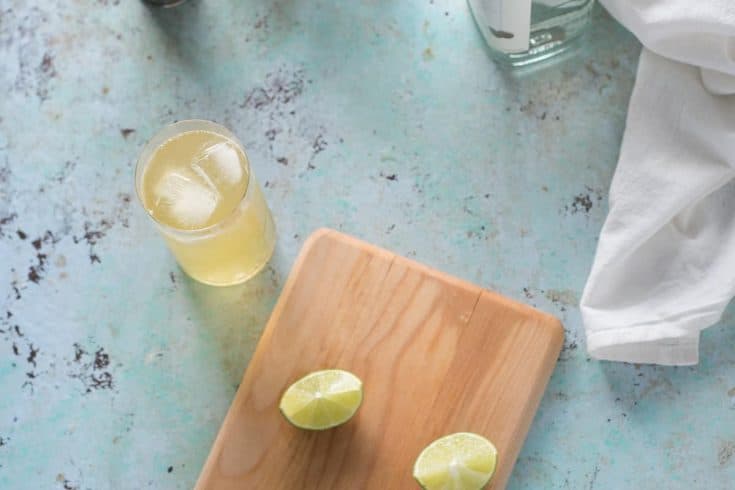
This homemade tonic syrup makes the best gin and tonics ever. It's inspired by the method Jeffery Morgethaler uses in his in his excellent Bar Book, but the flavor profile is loosely inspired by the aromatics in Ransom Old Tom gin. It's tart from the citrus and citric acid, bitter from the angelica root, and aromatic from the coriander, cardamom, and juniper. It does require tracking down citric acid, which you can probably find at your local grocery store, and also angelica root and cinchona powder, which you can easily order online. The quinine tincture makes more than you'll need and it keeps forever. Be sure to weigh everything with a scale for precision--the volume of roots and peels vary too much for volume measurements to be useful. Ideally, look for organic lemons and oranges for this, but if all you have is conventional wash them with hot water first.
Ingredients
Quinine Tincture
- 6 grams powdered cinchona bark
- 150 ml Everclear
For the botanicals
- 20 grams citric acid
- 20 grams angelica root
- 30 grams orange peel, peeled with a vegetable peeler
- 30 grams lemon peel, peeled with a vegetable peeler
- 8 grams coriander seed
- 5 grams cardamom pods
- 5 grams juniper berries
- 400 grams sugar
- 500 ml water
Instructions
Make the quinine tincture
- Mix the cinchona powder with the Everclear, cover, and let sit overnight. Strain through a coffee filter fitted on your finest mesh strainer (or filter cone) into a container. It might take a while. Then strain again through a second coffee filter to really remove the fine particulate.
Make the botanical syrup
- Add all the ingredients to a medium saucepan. Heat over medium-high heat until it comes to a boil, reduce heat to low and simmer, covered, for 20 minutes. Strain through a mesh strainer and let cool.
- Measure out 45 ml (1 1/2 ounces) of the quinine tincture and mix into the cooled syrup. Keep the rest of the quinine tincture in an airtight container (the tincture will keep indefinitely). Store the syrup in an airtight container in the refrigerator. It should keep for at least 2 weeks.
Recommended Products
As an Amazon Associate and member of other affiliate programs, I earn from qualifying purchases.
-
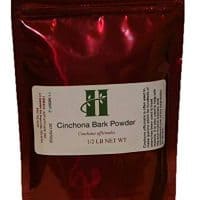 Cinchona Bark Officinalis 1/2 Pound Powder
Cinchona Bark Officinalis 1/2 Pound Powder -
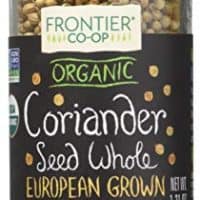 coriander
coriander -
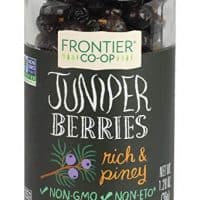 Frontier Whole Juniper Berries, 1.28 Ounce
Frontier Whole Juniper Berries, 1.28 Ounce -
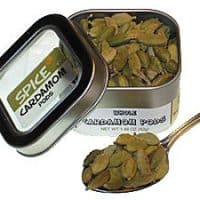 Whole Cardamom Pods Tin
Whole Cardamom Pods Tin -
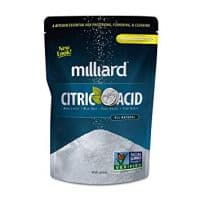 Milliard Citric Acid 1 Pound - 100% Pure Food Grade NON-GMO Project VERIFIED (1 Pound)
Milliard Citric Acid 1 Pound - 100% Pure Food Grade NON-GMO Project VERIFIED (1 Pound) -
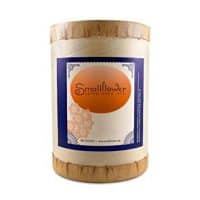 Angelica Root (Angelikawurzel) 2oz loose herbs by Smallflower
Angelica Root (Angelikawurzel) 2oz loose herbs by Smallflower -
 The Bar Book: Elements of Cocktail Technique (Cocktail Book with Cocktail Recipes, Mixology Book for Bartending)
The Bar Book: Elements of Cocktail Technique (Cocktail Book with Cocktail Recipes, Mixology Book for Bartending) -
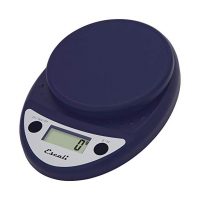 Escali Primo Digital Kitchen Scale (11 lb/ 5 kg Capacity) (0.05 oz/ 1 g Increment) Premium Food Scale for Baking, Cooking and Mail
Escali Primo Digital Kitchen Scale (11 lb/ 5 kg Capacity) (0.05 oz/ 1 g Increment) Premium Food Scale for Baking, Cooking and Mail -
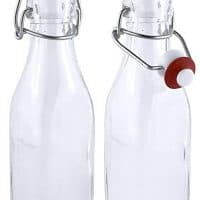 Estilo Swing Top Easy Cap Clear Glass Beer Bottles, Square, 8.5 oz, Set of 6
Estilo Swing Top Easy Cap Clear Glass Beer Bottles, Square, 8.5 oz, Set of 6
Nutrition Information:
Yield:
28Serving Size:
gAmount Per Serving: Calories: 62Total Fat: 0gSaturated Fat: 0gTrans Fat: 0gUnsaturated Fat: 0gCholesterol: 0mgSodium: 4mgCarbohydrates: 16gFiber: 1gSugar: 15gProtein: 0g

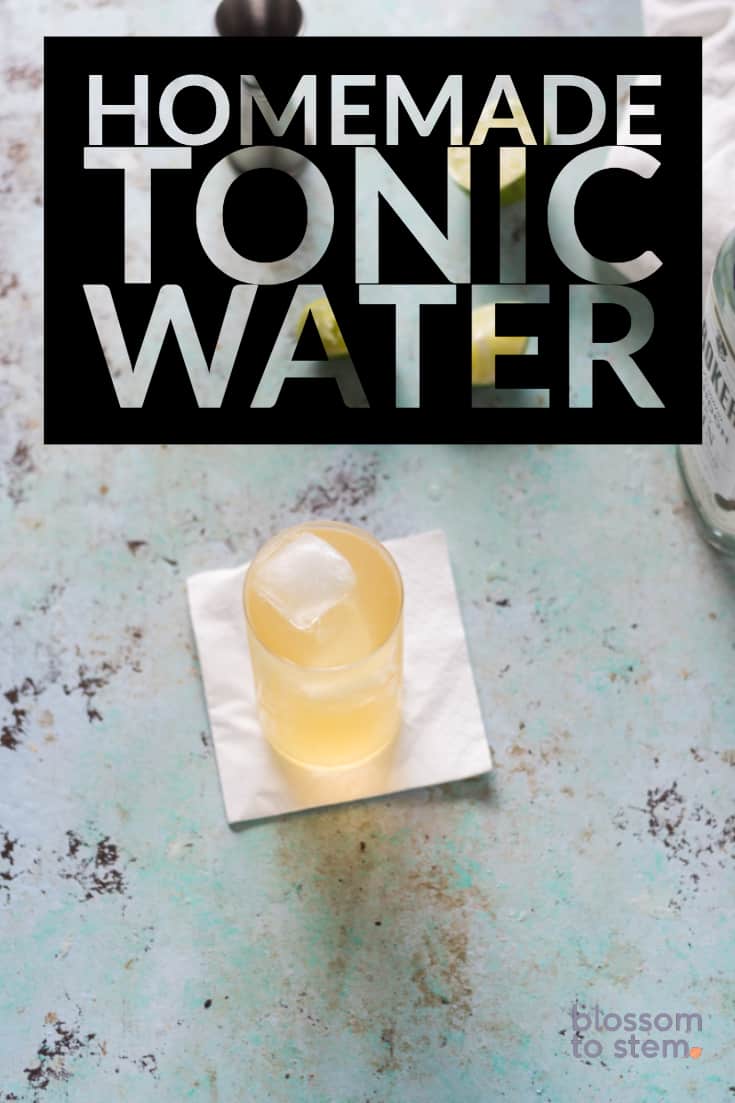
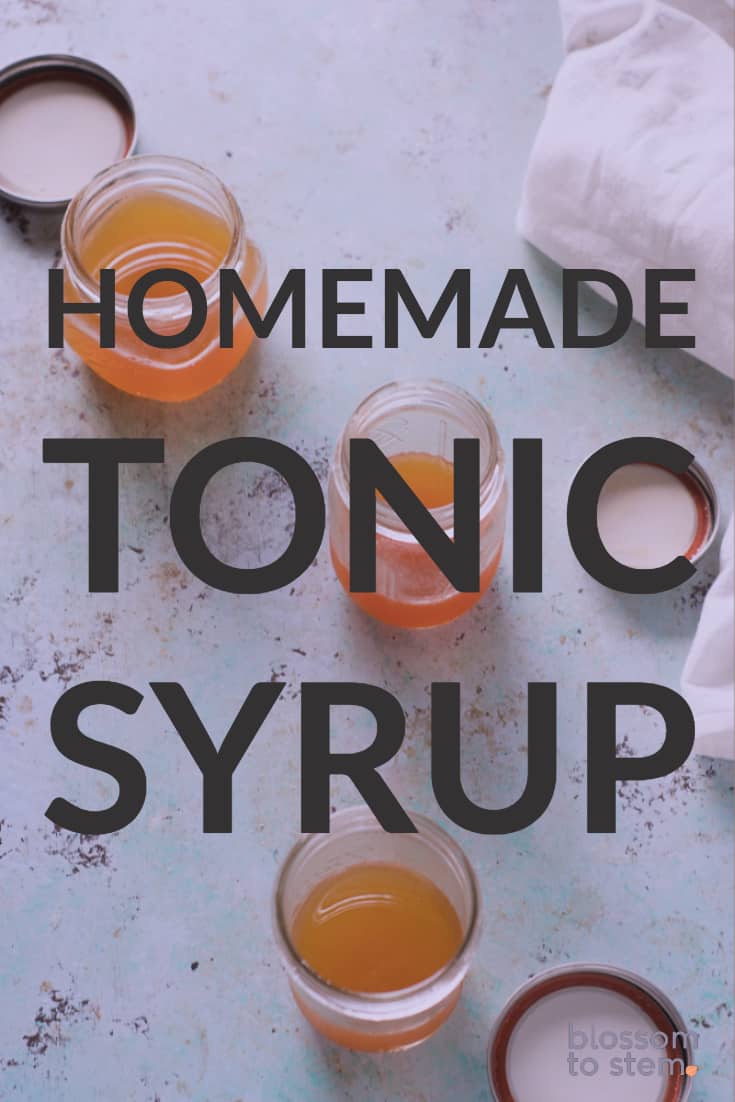
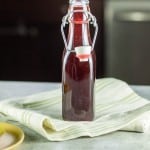
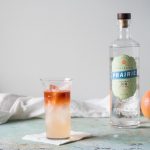
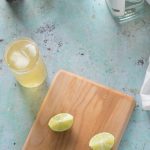
JD
Friday 18th of August 2023
Hey all. Here is the review I wish someone had posted before I went down t his rabbit hole. Soooo....I was really excited about this concept and recipe, I purchased all the ingredients ($70) and followed the recipe exactly. It's not good. Maybe if you didn't like gin it would be drinkable but I like gin and it's not drinkable. Prior to this I really like Gin & Tonic, even with cheap store brand tonic. After going down this road I think I'm going to stick with my classic gin martini. BTW I tried a few variations to tweak the flavor profile that I prefer, I couldn't get it to work. Hey, the bright side is I didn't need to spend another $70 to replenish the ingredients! Haha
Joette
Saturday 13th of April 2024
@Peggy, Just made this yesterday- planning on trying it tomorrow. I did notice that your everclear is 151 proof and the one I got from my liquor store was 190 proof. Hoping it won’t make a difference
Peggy
Tuesday 27th of February 2024
@JD, not sure what you didn’t like in this recipe. Could you elaborate? “Undrinkable” isn’t a review, it’s an opinion and not useful for those of us who read below the recipe to try to understand more about the recipe.
Deena
Monday 17th of October 2022
I assume you use angelica root not angelica root powder? Thanks - can't wait to try this!
Mary Kasprzak
Thursday 20th of October 2022
I used cut angelica root
Tim
Friday 19th of August 2022
Has anybody subbed maple syrup for the simple sugar one? We have a small sugar bush so we sub it for sugar in most recipes . I am planning to water down the MS by 50% . My other thought is to freeze the botanical part in ice cube trays and add the syrup at mixing time …has anyone froze the mix ?
Jessica
Monday 20th of June 2022
I tried your recipe to make espresso tonic and I love the citrus flavor with the Angelica root bitter after taste. It's amazing! Next time I make a batch I think I'll make it a bit more spicy with more cardamom :)
Kate
Monday 18th of October 2021
Hey Mary, this looks amazing! So, I'm sober and I already do a juniper syrup that I add to mocktails. I just came across your recipe and wondered if I could combine your tonic syrup and my juniper syrup (whole dried juniper, corriander, fennel and cardamom crushed) to make a G&T syrup. Knowing the taste profile of your syrup, what do you think?
Kate
Monday 18th of October 2021
I meant to add that I see you already have most of these in yours, so I was thinking of just upping the punch of the things that are already in mine, if that makes sense!